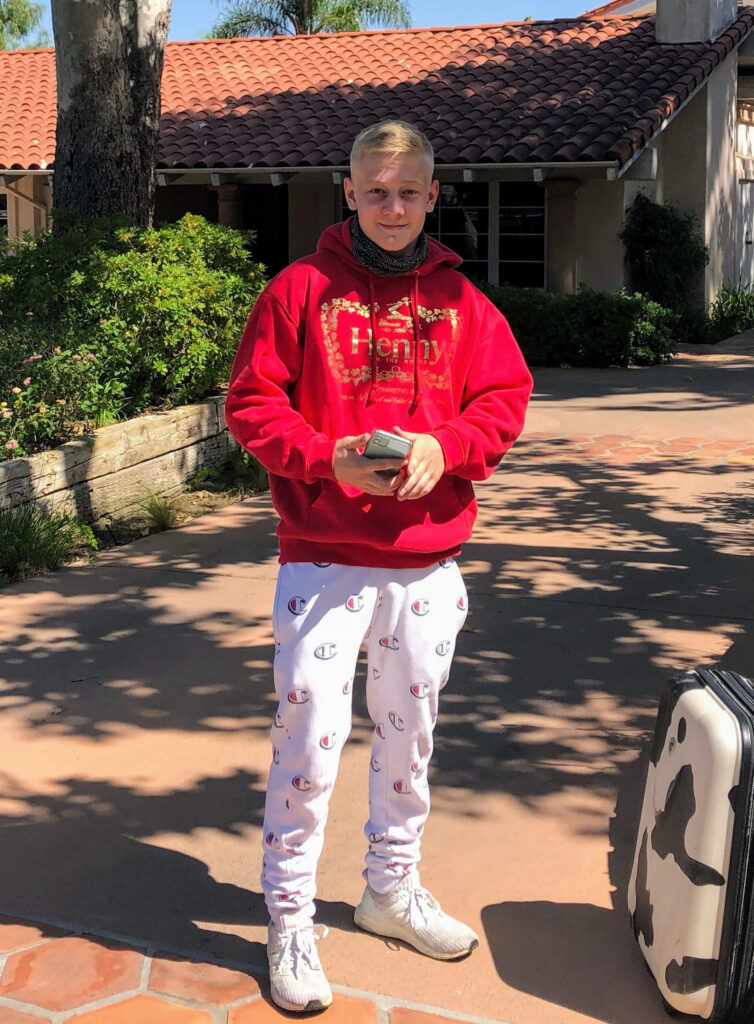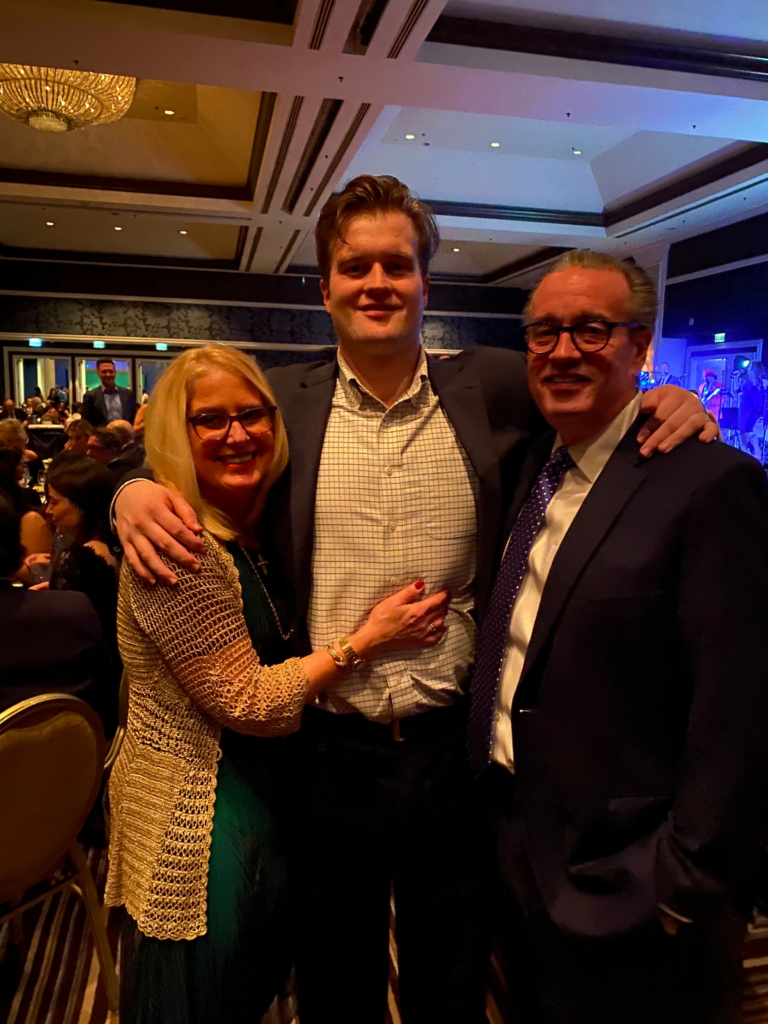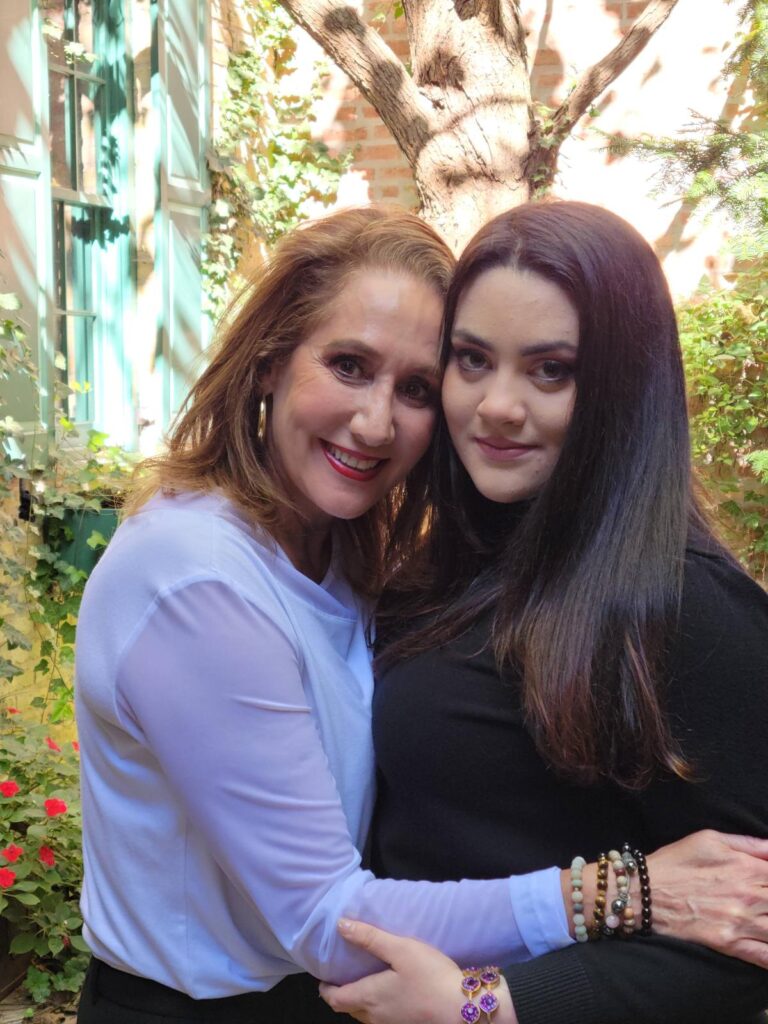In 2021, more than 107,000 individuals died of a drug overdose, 67% of which involved fentanyl, a drug that’s 50 to 100 times more potent than morphine, according to the Centers for Disease Control and Prevention (CDC). What’s even more alarming about fentanyl is that many users are unaware they’re taking it. Most deaths occur when fentanyl is laced in other drugs, like cocaine or heroin, leading to accidental and preventable fatalities.
In honor of National Fentanyl Awareness Day, Susan B. Noyes, Founder of Make it Better, spoke with a panel of healthcare experts, grieving parents and nonprofits to share advice on what parents should know and how to support organizations committed to preventing fentanyl tragedies.
Message From a Grieving Parent
In 2020, Jan Blom’s son, Linus, looked forward to his senior year of high school. Linus was a funny and quick-witted young man who could easily make friends wherever he went. He was an incredible athlete, ranked as one of California’s top high school wrestlers with a promising future.
While everything appeared perfect from the outside, Linus faced the academic stress and peer pressure that many teenagers experience, which is what Jan believes led Linus to start experimenting with drugs. Jan and his wife were waiting for Linus to wake up one summer morning, wondering why he was sleeping so late. The couple went to their son’s room, where Linus showed no signs of life. They immediately called 911, but unfortunately, Linus had already passed when paramedics arrived.

Jan says police immediately suspected fentanyl-laced drugs, which were growing more common throughout their home state of California. Jan later learned from police that his son used Snapchat to locate a dealer for Percocet, which, unknown to Linus, was laced with fentanyl — costing him his life.
“As parents, we saw these warning signs and flags, and of course, try to do our best to help him recover,” says Jan. “I hadn’t heard about fentanyl. The year when he passed away, we saw a huge increase in the county of Santa Clara, in terms of fentanyl deaths, especially youth and young adults who were disproportionately impacted by the crisis.”
One of the critical takeaways Jan wants other parents to take from his story is awareness. Many teens experiment with drugs, but they’re not seeking out fentanyl. Unfortunately, fentanyl is getting into painkillers, cocaine and more, and teenagers unknowingly use these drugs, leading to accidental overdoses. While it’s not easy to get teenagers to take advice from their parents, Jan explains that keeping lines of communication open and helping kids understand the dangers of fentanyl is essential to keeping them safe.
Breaking The Stigma Around Fentanyl
Jan’s story is not unique. In 2021, there were 6,843 opioid-related overdose deaths in California, 5,722 of which involved fentanyl. That same year, 224 fentanyl-related overdose deaths among teens ages 15–19 in California.

Dr. Lisa Kugler of Shatterproof — a nonprofit aimed at reducing stigma, changing the treatment landscape and empowering communities on the dangers of substance use and addiction — explains this epidemic is a national concern not restricted to California or teens.
“There are 12 fatal overdoses every hour. If this were any other chronic disease, extensive support would be available. But unfortunately, there’s not,” says Kugler. “Part of the reason for this is stigma. Stigma keeps all of us silent because we start to feel ashamed of who we are and what we know about substance use and addiction. Up to 60% of an individual’s traits, including substance use disorder predisposition, are based on genetics. So this leans on recognizing a genetic predisposition [to addiction].”
With 12 fatal overdoses every hour, Kugler hopes people recognize that they are not alone in their addiction. It’s a chronic disease that affects nearly everyone, whether they’re personally fighting or have a loved one who is, and treatment is available to lead people to a full recovery.
Reducing Overdoses With Harm Reduction
Not everyone who uses drugs is ready to remove substances from their life altogether. Instead of forcing people into sobriety, the National Harm Reduction Coalition focuses on harm reduction to encourage people to use drugs more responsibly.

“The opposite of addiction is not necessarily sobriety. The opposite of addiction is connection,” explains Emma Roberts, Senior Director of National Capacity Building at National Harm Reduction Coalition.
Roberts argues that harm reduction is an essential piece of the puzzle for reducing overdoses and fatalities associated with drug use. Traditionally, people believe that when a loved one goes through problematic substance use, we should cut them off and let them hit rock bottom. However, Roberts explains that we’re more likely to be healthier and safer when humans are connected, which is why it’s more helpful to meet people where they are with their substance use through harm reduction than forcing someone into sobriety.
Harm reduction encourages safer use, managed use, abstinence as well as addressing use conditions and drug use. Strategies include getting more people access to Naloxone — a life-saving medication that can reverse the effects of an opioid overdose — and supporting syringe service programs (SSPs) to make sterile syringes accessible to people who use drugs.

Lindsey Eilers, a Lurie Children’s Hospital therapist, works with parents and children to understand the harm reduction model as a collaborative approach. She explains that it’s about respecting people’s bodily autonomy, not prescribing or telling them what to do, but asking what they need and want to do.
“I explain to a parent that it’s okay that their [child] is using a little bit, but we’re trying to tailor it down to the point where the patient’s finally deciding [to make the change for themselves],” explains Eilers. “Asking an adolescent to do something their parents are asking them to do, we all know that’s not going to go in the best direction. So we need everyone to agree on what’s happening and where we are. So a lot of this is education not only for the adolescent or the young adult but also for the parent or whatever guardian is involved in the treatment.”
Advice For Parents on Fighting the Fentanyl Epidemic
The fentanyl epidemic continues to grow, and the best thing is to raise awareness. If you’re a parent with a child, consider the following tips to educate and keep them safe.
- Keep lines of communication open between you and your children.
- Recognize issues around mental health, and don’t be afraid to seek professional help if needed.
- Be aware of what social media apps your children use, as it’s one way to purchase drugs.
- Raise awareness around fentanyl for yourself and your children.
- Take early substance abuse seriously.
- Be gentle with yourself and recognize there are no perfect parents.
- Have Narcan and fentanyl testing strips available in case of an emergency.
“I encourage all parents to please be gentle on yourself,” says Kugler. “[Talking to your children about drugs and harm reduction] is anxiety provoking and scary, but don’t allow the what ifs to take away what is. Enjoy those conversations. Enjoy those times with your children. Be there, be present and be gentle with yourself. Nobody is perfect.”
How To Help
Take action by donating to the Make It Better Foundation and your funds will be matched up to $25,000 by the Linus Blom Memorial Fund and the MIB Foundation, and distributed to our National Fentanyl Awareness Day partners: Shatterproof, National Harm Reduction Coalition and Song for Charlie. To support, visit the donation page where contributors can designate the intended recipient(s).
Editor’s Note: If you or a loved one is seeking recovery options, Treatment Atlas — via Shatterproof — can help you find high-quality care.
More from Better:
- How An Ambitious New Initiative From the University of Chicago Crime Lab Is Empowering Leaders to Close America’s Safety Gap
- Chicago’s Most Powerful Women 2023
- Meet the Class of 2023 Red Cross Heroes — Donate Now and Double Your Impact

Jessica Braun Gervais is a Chicago-based freelance writer specializing in health, wellness, and fitness. She earned a B.A. in Journalism from Columbia College and has written content for various health and wellness institutions. Jessica Braun’s passion for wellness comes from her life as an elite athlete competing in Muay Thai kickboxing competitions across the country. In addition to sharing her expertise through writing, Jessica Braun also works as a group fitness instructor and personal trainer. When she’s not writing or training, Jessica Braun enjoys reading historical fiction novels, discovering new coffee shops, and cuddling with her cattle dog, Brady.

